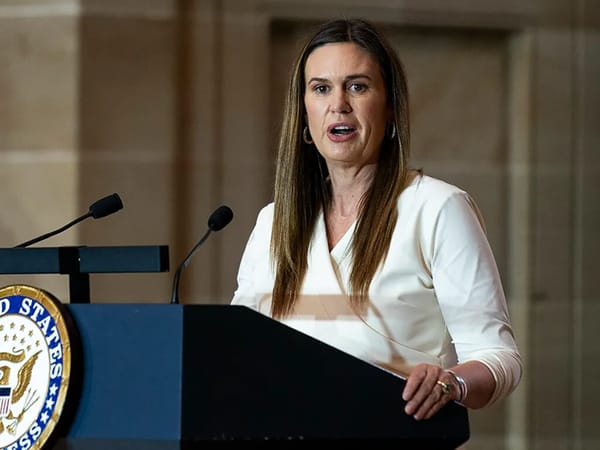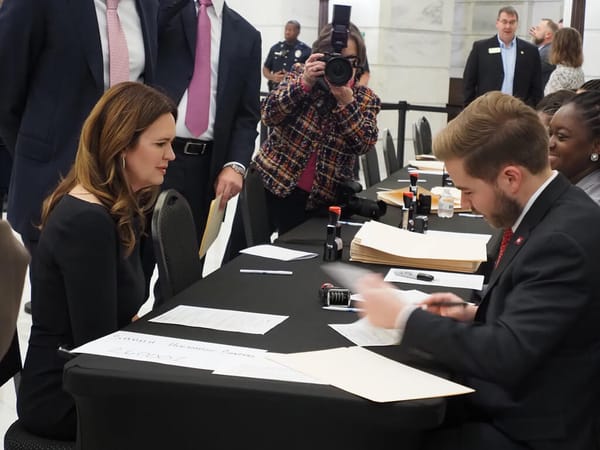Historic Miss Laura’s Museum at Risk as Fort Smith Debates Budget Cuts
Fort Smith considers cutting funding for Miss Laura’s Museum in the 2026 city budget, raising questions about preserving one of Arkansas’ most iconic historic sites and tourist attractions.

Concerns are growing over the future of historic Miss Laura’s Museum as the Fort Smith Board of Directors reviews a proposal to cut funding in the proposed 2026 budget. Acting City Administrator Jeff Dingman recommended reducing $260,000 in ongoing support for the downtown museum near the riverfront, prompting backlash, especially on social media.
Miss Laura’s, once a brothel and now a museum, is one of only nine such establishments listed on the National Register of Historic Places. While maintaining the museum consumes dollars, it preserves a distinctive piece of Fort Smith’s history that the community considers valuable and worth protecting.
A Historic Landmark in Fort Smith
Miss Laura’s Brothel Museum began as a premier Victorian brothel, built in 1898 and operated first by Laura Ziegler and later by Bertha Gale. Renowned for its elegance and high standards, it was a popular destination in Fort Smith. The building was constructed with running water, gas service, and electricity, reflecting a level of sophistication rare for its time.
In the early 1900s, Fort Smith maintained a legal Red-Light District where prostitution was regulated, and workers were required to hold business permits. While the city had roughly seven legal brothels, Miss Laura’s stood out as the most prestigious, and patrons often needed a formal recommendation to gain entry.
The brothel operated from 1904 to 1948, even though prostitution was technically outlawed in the city in 1924. The house contained nine rooms, or ten if the madam’s quarters are included, and the women lived on-site full time, unlike other establishments where staff often worked in shifts. During its operation, the establishment used a token system. Patrons purchased tokens for services, which workers later exchanged for cash through the madam.
Over the decades, the building has taken on multiple roles. In the 1980s, it was restored and transformed into a restaurant called Miss Laura’s Social Club. Today, it functions entirely as a museum, preserving the history of Fort Smith and the lives of the women who worked there.
Several rooms in the museum are preserved and decorated to reflect the brothel’s peak period. Visitors can explore the two-story baroque Victorian home, complete with original wallpaper, wall sconces, woodwork, and pocket doors, along with period-accurate donated furnishings. Exhibits include a condom case that once held reusable condoms, sold as contraband contraceptives during a time when condoms were not legally available for family planning.
The museum is listed on the National Register of Historic Places as a “commercial hotel,” a designation it received in 1973 for its architectural significance and social history.
Budget Pressures Drive Discussion
Concerns about the future of Miss Laura’s Museum have intensified amid Fort Smith’s broader budget challenges. During a nearly six-hour budget hearing on Monday, November 17, the city board focused on addressing a projected deficit in the general fund, which covers essential services such as police and fire protection. The proposed 2026 budget anticipates an $8.092 million shortfall, with projected revenues of $53.695 million and expenditures of $61.788 million.
For context, the general fund posted a $6.47 million deficit in 2024 and is projected to end 2025 with a $15.56 million deficit. The city’s fund balance was $35.472 million at the end of 2024 and is projected to decline to $19.911 million by the end of 2025 and further to $11.818 million by the close of 2026.
Amid these financial pressures, Acting City Administrator Jeff Dingman proposed cutting $260,000 in ongoing support for Miss Laura’s Museum. While such reductions are often considered by governments facing fiscal challenges, they must be weighed against the value of preserving historical sites and supporting community development.
City Agreement and Community Support
In December 2024, the Fort Smith Board of Directors approved an operating agreement between the city and the Fort Smith Advertising and Promotion Commission for a five-year term, with provisions for continuation afterward. On Monday, City Director Christina Catsavis reminded the board that the agreement was intended for the city to maintain the museum, not close it.
“The museum and building is something the community desires and really wants,” Catsavis said. She expressed support for efforts by Executive Director Ashleigh Bachert and Museum Manager Angel Tracy to transition the property from city oversight to private stewardship.
Museum Manager Angel Tracy outlined plans to establish a nonprofit in the coming years to take over ownership and preservation of the property. Since June, the museum has generated more than $37,000 in admission fees at $8 per visitor, with rates set to rise to $11 in 2026, making it likely that private parties will take an interest in supporting its future.
At the same time, Mayor George McGill voiced strong support for the museum and urged the board to continue funding. “We have one of the most iconic historic places in the nation right here in Fort Smith,” McGill said. “And, if anything, we should be upscaling it and making it an even better attraction. I’m strongly encouraging the board to take care of it and give them an opportunity to establish something. At this point, I don’t think we should pull the rug from under this iconic tourist attraction in our city.”
What’s Next?
The Fort Smith Board of Directors is scheduled to review and potentially vote on the proposed 2026 budget on December 2. That decision will determine the future funding of Miss Laura’s Museum. If the city cannot continue funding, a transition to private stewardship may be possible. Closing the museum, however, could be a serious mistake, as it would mean the loss of an important piece of Fort Smith’s history.





